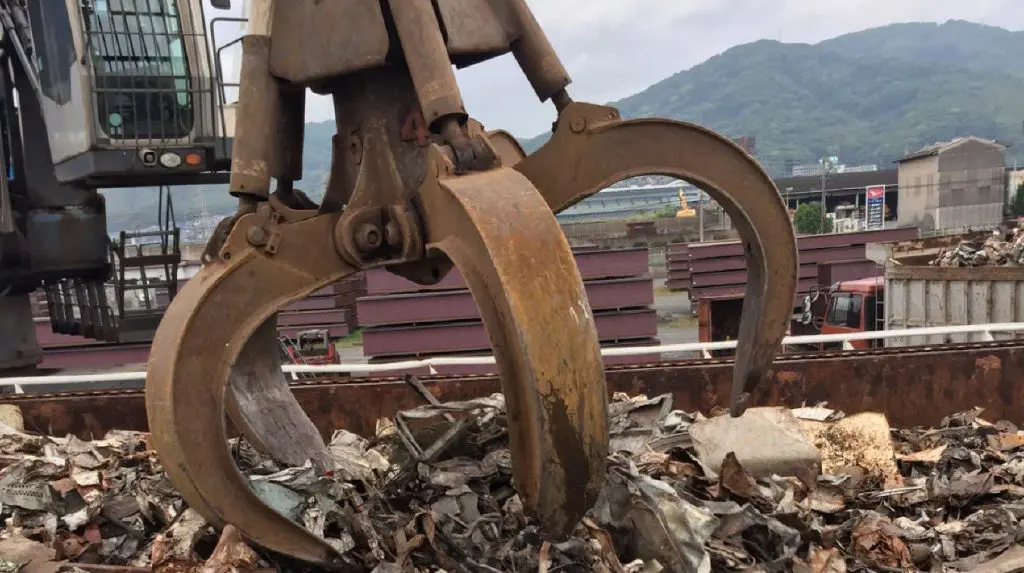Although the ferrous scrap market has enjoyed continued strength and only minor price corrections in recent months, US and Chinese tariff moves will have an impact on trade flows. ‘We are already seeing this with disruption for Russia’s finished steel which is having to find new markets away from the USA,’ states the BIR ferrous division’s interim president Tom Bird in the body’s latest Mirror report. ‘This disruption will also undoubtedly affect other areas of the global economy.
‘As always, the market will find a level. As long as demand remains firm and trade flows adjust, the ferrous scrap market should hold up,’ so Bird observes.
Market reports from around the world indicate that EU ferrous scrap prices climbed on average by Euro 15-20 per tonne in March against a backdrop of healthy local demand, which persisted throughout April and appears likely to continue for May with mills working at full production.
Lack of strength
In the USA, mills‘ sales of new steel are said to be healthy but the combination of a lack of strength in the export market, healthy scrap flows into dealer yards and the likely ebbing of demand in the summer months is expected to lead to some slight correction of the market but no imminent collapse.
Indian and Pakistani scrap importers are said to be facing headwinds owing to recent currency devaluations against the US dollar while Japanese scrap prices are expected to ‘tend towards higher levels as the summer approaches’. The Taiwanese and South Korean markets have been soft over the last quarter, with only modest purchases of foreign scrap.
Start-ups in China
Meanwhile, the Chinese government’s recent approval of approximately 150 million tonnes of electric arc furnace capacity start-ups over the next few years will ‘affect the domestic steel scrap market which is already in tight supply in many regions’ and ‘increase the country’s need for more ferrous scrap processing facilities in the years to come’.
In his latest ‘World Steel Recycling in Figures’ update, statistics advisor Rolf Willeke says growth in China’s steel scrap consumption last year to 147.9 million tonnes prompted ‘a dramatic increase in the proportion of steel scrap used in the country’s steel production to 17.8%’.
This compares to a global average of 36.1%. Electric furnaces accounted for 6.5% of China’s overall steel production in 2017 ‘but this figure is expected to climb over the coming years’, Willeke underlines. ‘As a result, further investments in steel scrap processing are planned, especially in shredder capacity.’
Global external steel scrap trading – including internal EU-28 trade – amounted to 99 million tonnes last year for a 9.3% increase over 2016.
This article is based on the latest Ferrous World Mirror produced by the BIR world recycling organisation for the benefit of its members.
Don't hesitate to contact us to share your input and ideas. Subscribe to the magazine or (free) newsletter.



